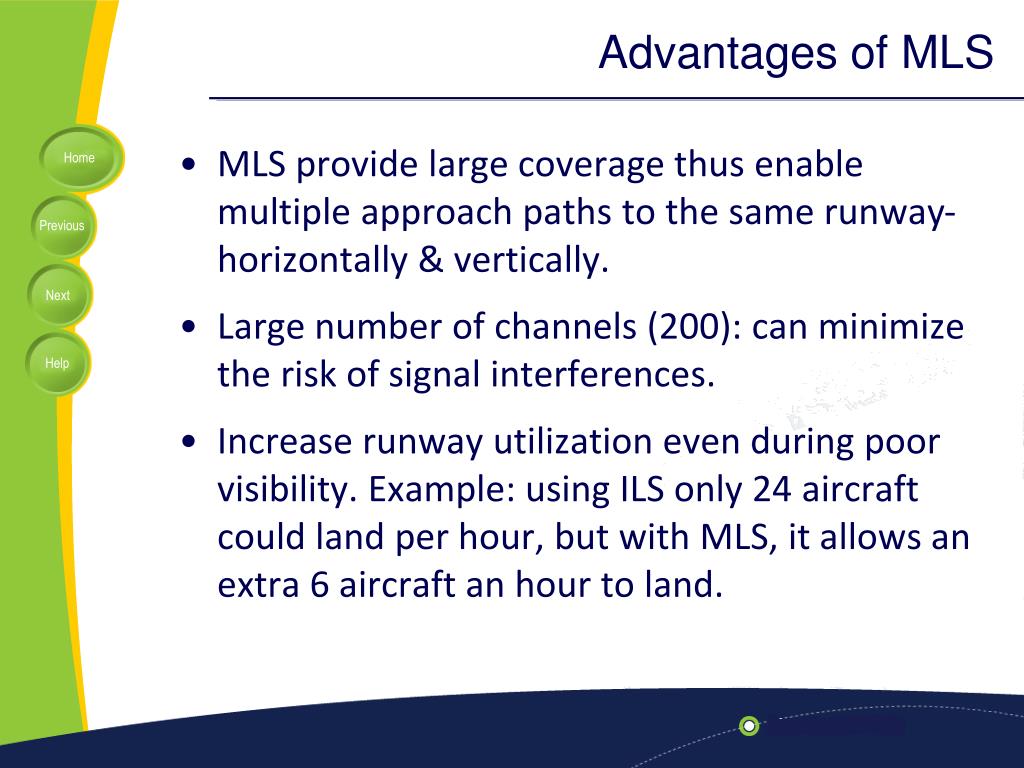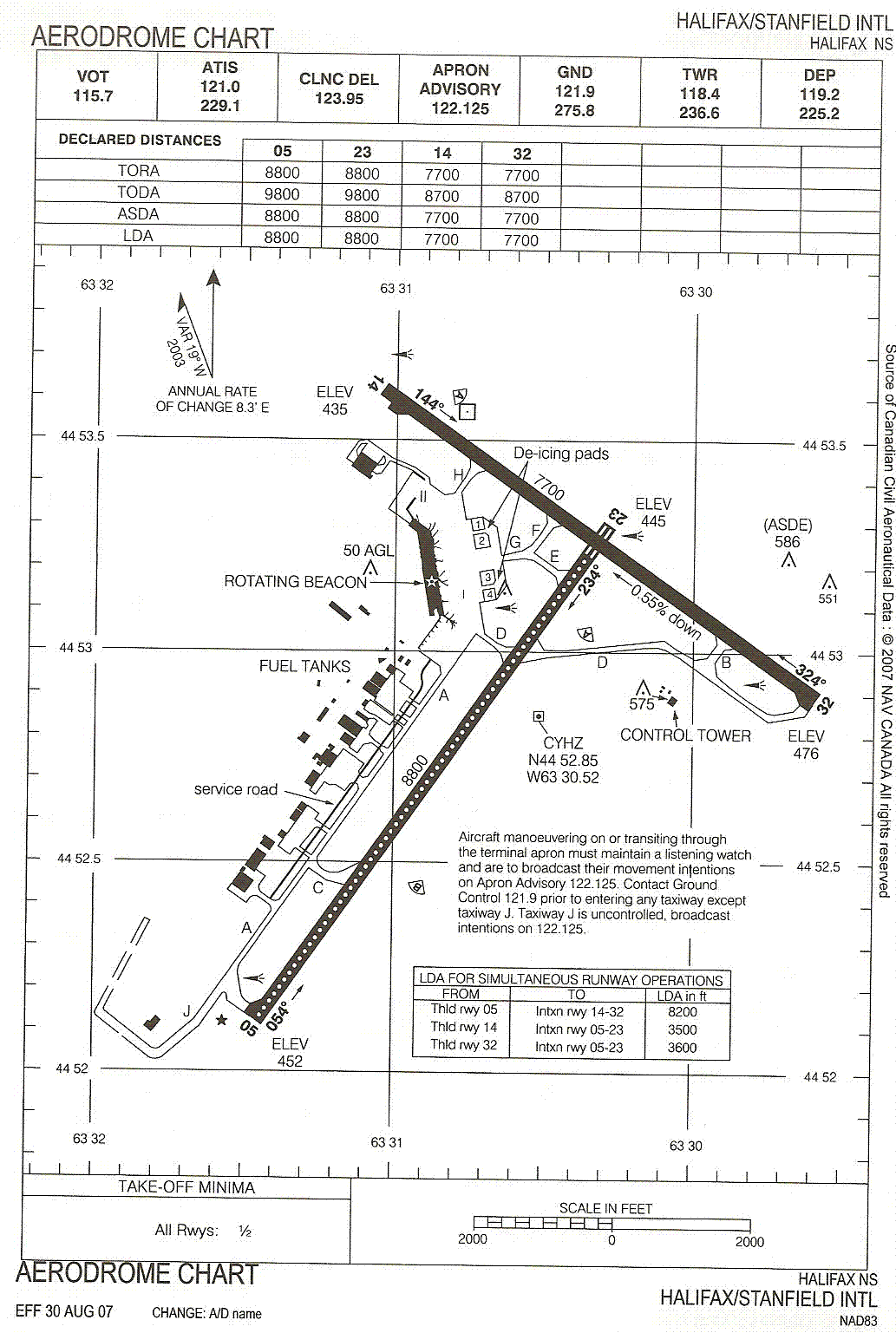

When a radar vector to the final approach course has been provided.Ĥ. The "No PT" symbol is depicted on the segment being used.ģ. The pilot has been cleared for a straight in approach.Ģ.

The procedure turn or hold-in-lieu-of-PT is a required maneuver when it is depicted on the approach chart.ġ.

GPS sequencing automatically stops at this pointĪ procedure turn is the maneuver prescribed when it is necessary to reverse direction to establish the aircraft inbound on an intermediate or final approach course. On a GPS approach, the MAP is the last GPS waypoint in the approach procedure. On a precision approach such as an ILS, the MAP exists at the point on the glide slope where DA (decision altitude) occurs. They are also shown as dashed lines within the plan and profile views. They are described in text inside of a box at the upper right. On an approach chart, the missed approach instructions are displayed in several places. This involves navigating (if possible) to the missed approach point (MAP) if not already there, beginning a prescribed climb, and navigating to a prescribed point where a holding procedure is normally performed. A missed approach procedure is executed by the pilot when an approach must be discontinued. Instrument approaches may not be completed for a variety of reasons such as loss of navigation or weather existing below the allowable minimums. That is, a pilot may not fly in a lower category in order to use lower minima.Ĭlick here to view this important lesson on GPS with WAAS. A pilot may fly an approach at a speed in a lower category, but must still use the minima of the authorized category. These are based on a referential airspeed for the aircraft, usually 1.3 times Vso at maximum gross weight.Ī pilot may fly an approach at a speed in a higher category, using the minima for that higher category. Currently, approach charts use TDZE, but be aware that either may appear in the test.Īpproach minima are divided into lettered categories: A, B, C, and D. The Testing Supplement has examples of both.

Older charts may show either TDZE (touchdown zone elevation) or THRE (threshold elevation), depending on when they were printed. The FAA has changed the benchmark on this several times over the years. Thus, both the bolt and the cross exist on the same approach chart.) (An ILS is a precision approach while a LOCALIZER approach is non-precision. For non-precision approaches, the final approach fix is identified by the Maltese cross. This is identified in the chart's profile view by the lightning bolt. MDA - Minimum Descent Altitude: The altitude defined in a chart's minima section and profile view representing the lowest altitude to which the pilot may descend on a specific approach segment.įor precision approaches, the final approach fix is defined as the glide slope intercept at the published altitude. The pilot, thus, makes a decision at the decision altitude: either land or go missed. Without this visual contact, the pilot must execute the missed approach procedure. Even though some WAAS-based approaches include vertical guidance (glide path), they are not considered to be precision approaches.ĭA - Decision altitude: The altitude defined in a chart's minima section representing the point where the pilot must have visual contact with the runway, runway environment, or lights to continue to a landing. They are typically noted by a lack of a vertical guidance component. Non-precision Approach: Any instrument approach that is not considered "precision". Its vertical guidance is provided by the glide slope. An ILS is an example of a precision approach. Precision Approach: An instrument approach procedure using precision lateral and vertical guidance. Each procedure is designated for use with a specific electronic navigational aid, such as ILS, VOR, NDB, RNAV, etc." Each chart depicts the IAP, all related navigation data, communications information, and an airport sketch. IAP charts portray the aeronautical data that is required to execute instrument approaches to airports. " Instrument Approach Procedure (IAP) Charts.


 0 kommentar(er)
0 kommentar(er)
